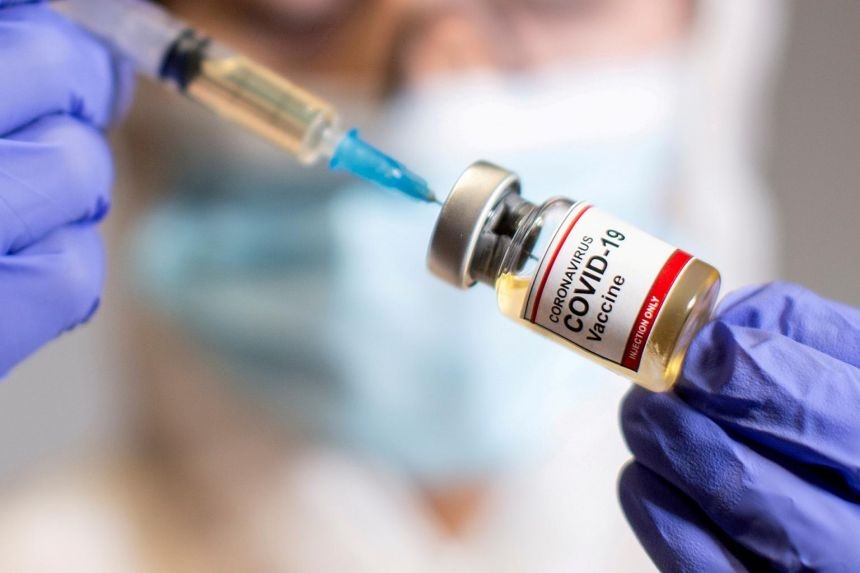Daily marijuana use may increase head and neck cancer risk - study

The research, which scrutinised millions of medical records, highlights a potential three- to five-fold increase in risk for regular cannabis users.
A new study has revealed that daily marijuana use over several years may significantly elevate the risk of developing head and neck cancers. The research, which scrutinised millions of medical records, highlights a potential three- to five-fold increase in risk for regular cannabis users.
“Our research shows that people who use cannabis, particularly those with a cannabis use disorder, are significantly more likely to develop head and neck cancers compared to those who do not use cannabis,” said Dr Niels Kokot, the senior study author and professor of clinical otolaryngology-head and neck surgery at the Keck School of Medicine at the University of Southern California in Los Angeles.
More To Read
- Experts warn men are overlooking breast cancer risk
- New study links oral hygiene to pancreatic cancer risk
- WHO warns global fight against non-communicable diseases is stalling
- How cancer misinformation exploits the way we think
- Genetic tests for cancer can give uncertain results: new science is making the picture clearer to guide treatment
- Breast cancer: New study finds genetic risk in African women
The US Centres for Disease Control and Prevention diagnoses cannabis use disorder when a person exhibits two or more symptoms, such as craving weed, building a tolerance, using more than intended, continuing use despite life problems, using in high-risk situations, experiencing withdrawal, and being unable to quit.
"While our study did not differentiate between methods of cannabis consumption, smoking is the most common method. The association we found likely pertains mainly to smoked cannabis,” Kokot said.
Survival rates for oral or throat cancer patients stand at 69 per cent for five years post-diagnosis, but if the cancer metastasises, the survival rate plummets to 14 per cent, according to the National Cancer Institute. Similarly, 61 per cent of individuals with laryngeal cancer survive for five years, but this rate drops to 16 per cent if the cancer spreads.
The study leveraged extensive insurance data to explore the connection between cannabis use disorder and head and neck cancers. Dr Joseph Califano, who was not involved in the study but serves as the Iris and Matthew Strauss Chancellor’s Endowed Chair in Head and Neck Surgery at the University of California, San Diego, lauded the research for its expansive dataset.
“The researchers used a huge, huge dataset, which is extraordinary, and there is enormous power in looking at numbers this large when we typically only see small studies,” said Califano, also the director of UC San Diego’s Hanna and Mark Gleiberman Head and Neck Cancer Center. “On average, people with cannabis use disorder smoke about a joint a day and do so for at least a couple years, if not longer.”
However, as Califano noted, the study does not indicate a link between occasional recreational marijuana use and head and neck cancer.

Risk factors
Major risk factors include tobacco and alcohol use, poor oral hygiene, gastro-oesophageal reflux disease (GERD), a weakened immune system, and a diet low in fruits and vegetables. Occupational hazards, such as exposure to asbestos and wood dust, also contribute to the risk.
Infections with the human papillomavirus (HPV) or Epstein-Barr virus (EBV) increasingly cause head and neck cancers. These DNA viruses can alter genes, making them prone to malignancies.
EBV is known for causing infectious mononucleosis, or "kissing disease," as well as various cancers. EBV infects approximately 90 per cent of the global population. A vaccine can prevent HPV, which is associated with cervical cancer and some non-Hodgkin lymphomas.
Research suggests that concurrent infection with both viruses is responsible for 38 per cent of all virus-associated cancers.
The JAMA Otolaryngology-Head & Neck Surgery study analysed a database containing 4 million electronic health records and identified over 116,000 cases of cannabis use disorder among people with head and neck cancers. These individuals, averaging 46 years of age, were matched with head and neck cancer patients without a cannabis use disorder.
Findings indicated that those with cannabis use disorder were 2.5 times more likely to develop oral cancer, nearly five times more likely to develop oropharyngeal cancer (affecting the soft palate, tonsils, and back of the throat), and over eight times more likely to develop laryngeal cancer. These associations were held across all age groups.
Experts argue that the method of marijuana consumption is a critical factor. Smoking cannabis, often unfiltered and inhaled deeply, may pose an even greater risk than smoking tobacco, which already doubles the risk of head and neck squamous cell carcinoma, the predominant type of head and neck cancer.
Additionally, research has linked various cannabinoids—biological compounds in cannabis—to tumour growth. With over 100 cannabinoids in the cannabis plant, including tetrahydrocannabinol (THC) and cannabidiol (CBD), these substances interact with human cannabinoid receptors. THC is known for its euphoric effects, while CBD has medicinal uses for conditions like childhood seizures and epilepsy.
“Part of the research we have already published shows that THC or THC-like compounds can certainly accelerate tumour growth,” Califano said. “We also have some data to show that cannabinoids enhance the growth of HPV-related throat cancers.”
With marijuana use on the rise, there is growing concern that head and neck cancer diagnoses could increase in the coming years, Kokot warned.
“Especially as marijuana becomes more widely legalised and socially accepted, we may see a corresponding rise in head and neck cancer cases if the association is confirmed,” he said. “This underscores the importance of informing people about the potential risks and conducting further research to understand the long-term impacts of cannabis use on cancer development.”
Top Stories Today

















































